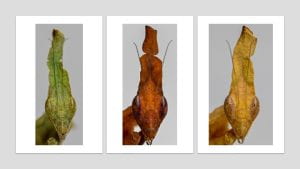
Our research is currently focused on understanding the integrative relationships among physiology, morphology, ecology and evolution in mantises with a current focus on their feeding (For previous and collaborative research please see here). We are currently using several approaches to understand the relationships among diet, prey capture and ingestion within and among mantis species. We are also interested in general mantis biology, natural history and behavior.
Prey capture:
Mantises use a combination of stereoscopic vision and the coordinated movements of their raptorial forelegs to capture evasive prey, sometimes out of mid air. We have been investigating the intra- and inter-specific variation in prey capture morphology, behavior and mechanics (Oufiero et al. 2016, Oufiero 2020, Oufiero 2022). Our goal is to understand how flexible this rapid response is in relation to variation in visual cues (e.g., prey size) and how it has diversified in relation to diet and other ecological factors (e.g., habitat mimicry). We currently use 3D high-speed videos, machine learning, and morphometric analyses to quantify variation in prey capture morphology, behavior, and mechanics.
Ingestion:
After prey capture, which lasts fractions of a second, mantises then spend up to several minutes ingesting their prey with their mandibles and other associated feeding structures. We have therefore been quantifying intra- and inter-specific differences in ingestion rate using time-lapse videos. Our goal, similar to prey capture, is to understand how this trait varies within and among species and the allometric scaling of ingestion, as well as in relation to differences in prey, habitat mimicry, and other ecological features.
Diet:
A key to understanding morphological and functional changes in a trait such as prey capture and ingestion, is details on the diet of the organism. Mantis diet has been difficult to discern as gut contents are not as easily identifiable as in other groups and there is a lack of information in general. Therefore, we have begun exploring the use of DNA metabarcoding to assess the diets of mantises. This will allow us to test hypotheses of form-function relationships in prey capture and feeding in relation to diet.
General Biology and Natural History
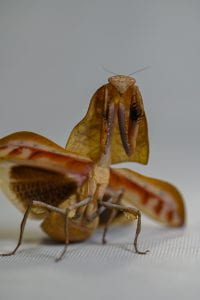
In addition to prey capture and feeding, the lab is generally interested in mantis biology, including predator-prey interactions, life history evolution, and behavior. We maintain small colonies of several species, as well as collect local indigenous and introduced species. There is a lot to learn from these charismatic creatures, we are therefore always discussing future projects related to their ecology, evolution, physiology and behavior.
Current Team Members:
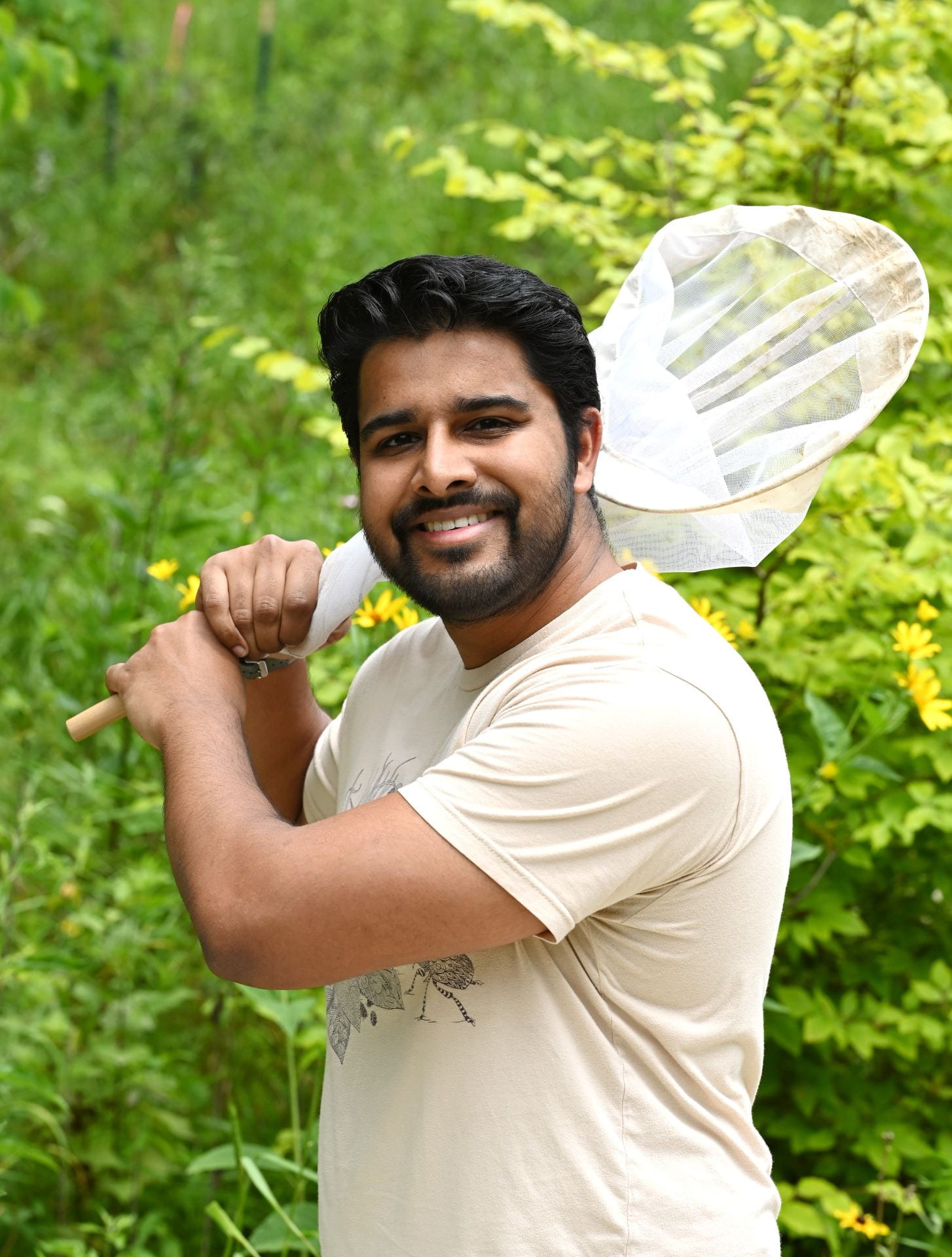

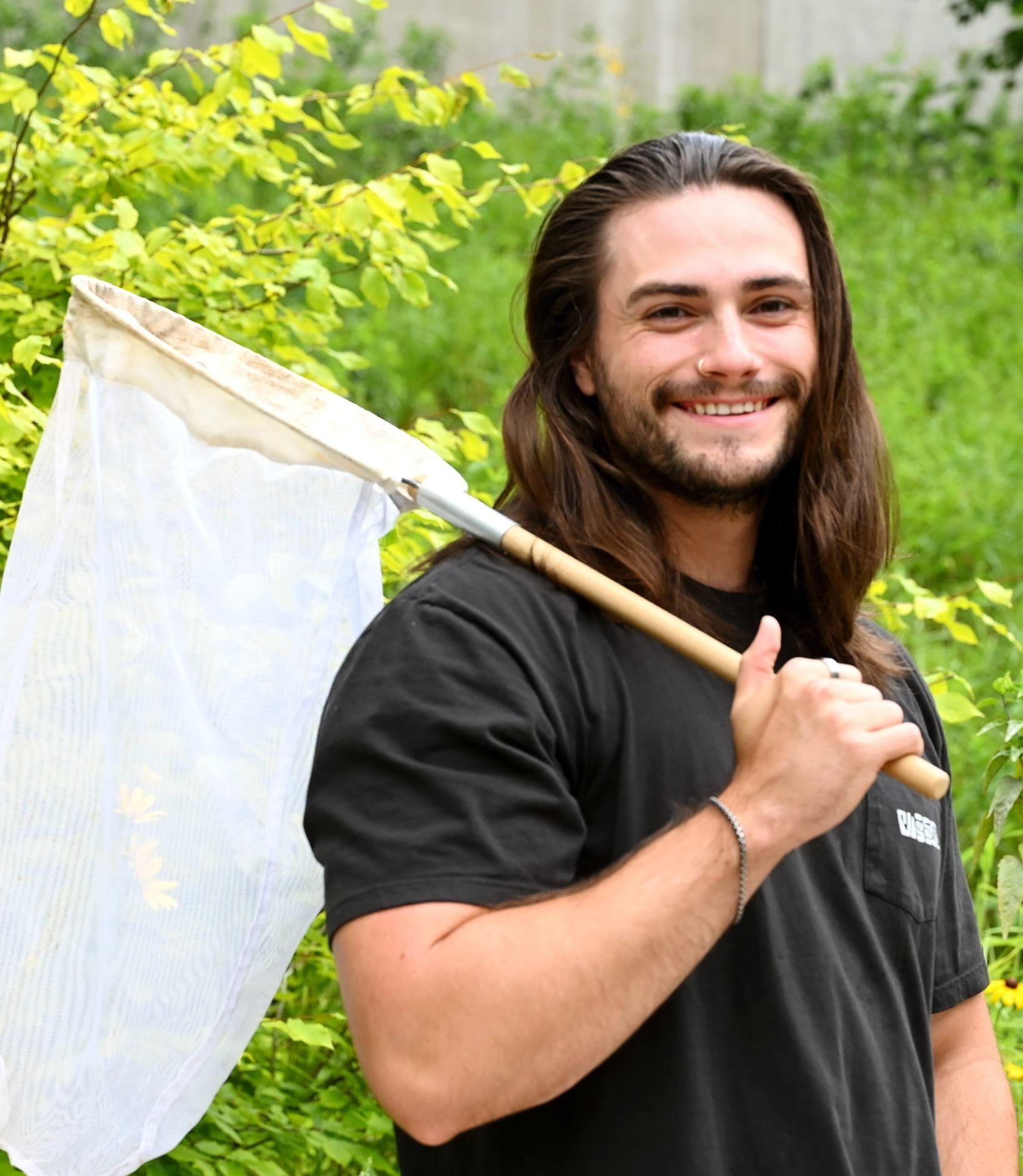

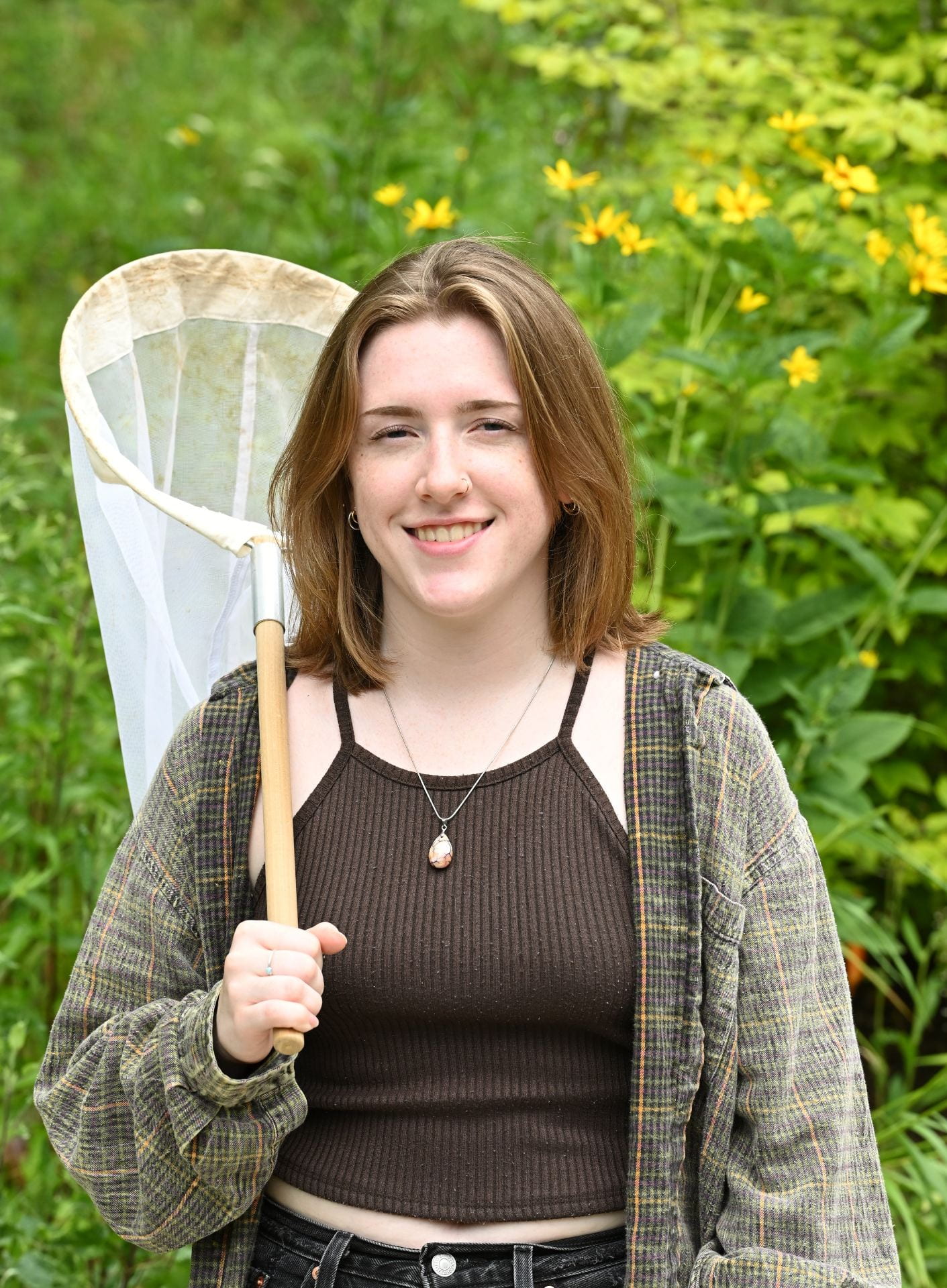
Lohit Garikipati – MK Sullivan – Ryan Turnbaugh – Lizzie McMillan – Marlee Wood